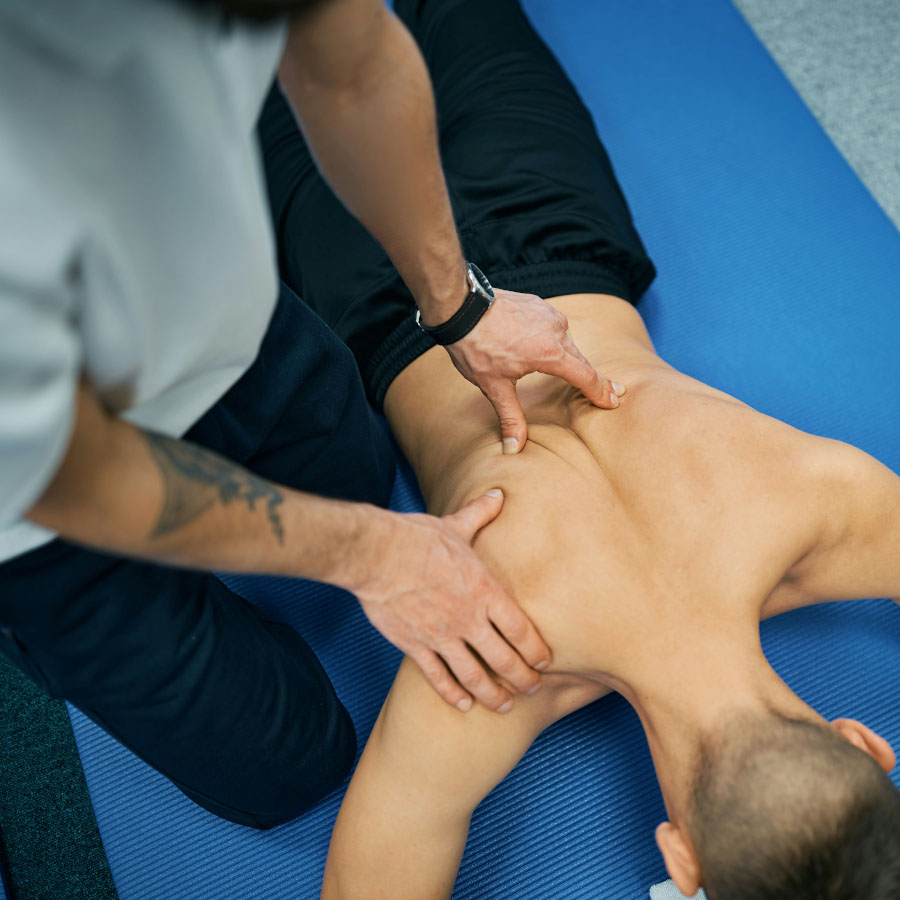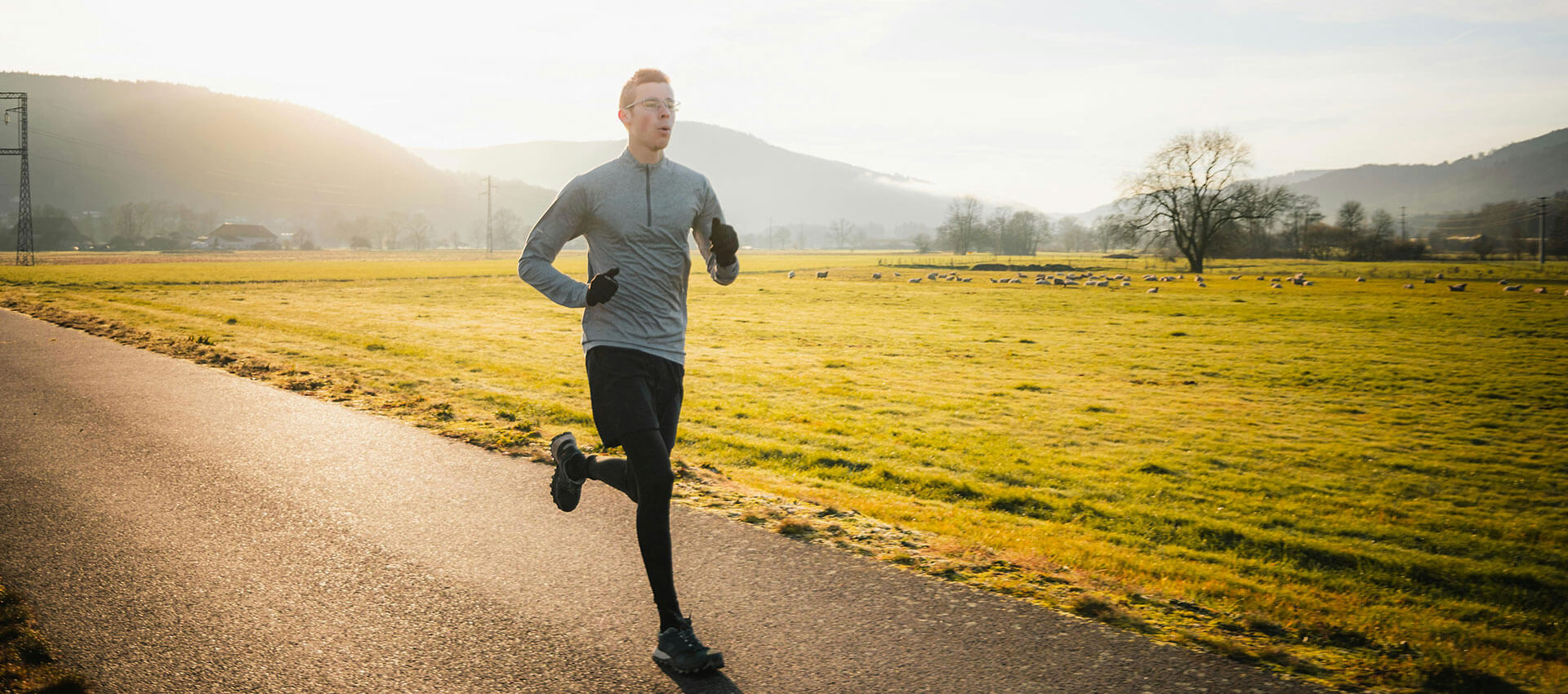With the London Marathon just a few months away, the physiotherapy team at Vita have created series of running tips.
1. Train towards your goals
Think about what your end goal is. Are you training to run a marathon? A 5k as quick as possible? Or are you just running for leisure?
Ensure that you have a running programme that is designed for your specific needs and allow adequate time for your body to get used to the physical demands of training. Make sure that you incorporate some strength and conditioning into your training programme so that all the main muscle groups are working together to prevent injury.
These may include:
- Lunges
- Squats
- Heel raises
- Bridges
2. Increase load gradually
Load may come in the form of volume (mileage), intensity (hill work/speedwork) and frequency. Many running injuries are due to some form of training error leading to overload of the joints, bones, or soft tissues. Many overuse injuries can be prevented by having a graded approach.
The 10% rule is often recommended, where a maximum increase of 10% each week is added. This can be a good guide for gently increasing mileage for most runners. However, it may be limited for those who run either a very small or very high mileage. Therefore, a step up, step back approach may suit runners better, where a graded increase for 3-4 weeks is achieved, followed by a week of much lower intensity and mileage.

3. Spend time on a warm-up
Many people just open their front door and start running without preparing their body. A simple 10 minute warm up will get your tissues used to moving, absorbing force and generating power, improving your performance and reducing your risk of injury.
Whatever activity you do, your warmup should break down the movements into smaller parts that you can exaggerate so that your body is prepared for a wider range of movement than is actually required. Running is especially easy to break down into smaller movements that represent distinct parts of the run cycle.
Try these as your warm-up:
- Lunges – 2 x 8 on each leg
- Running High Knees – 2 x 50 metres
- High Skipping – 2 x 30 metres
- Heel Flicks – 2 x 30 metres
- Straight Leg Bound Running Drill – 2 x 50 metres
Each of these represents a different part of the run cycle, and after about 5-10 minutes of this warmup your entire lower body will be well-prepared for your run.
4. Footwear advice
Footwear should provide comfort whilst running. They’re what your body has adapted to, and sudden changes can be associated with an increased risk of injury. Many shoes promise increases in performance but bear in mind it takes months to adapt to a shoe that’s significantly different from what you’re used to.
Different types of shoes, however, may sometimes be beneficial is assisting rehabilitation from specific injuries.
5. Get enough rest
Fatigue and poor sleep patterns are detrimental to performance and well-being. Having good sleep habits that provide you with 7-8 hours each night will optimise your training schedule and reduce the risk of injury. Try dimming the lights and reducing screen time an hour before bed. Set a regular bedtime/wake up time and avoid caffeine and alcohol in the evenings. If you can’t sleep when in bed, don’t stay in bed…. Break the association between being awake and bed. Go to a different room and read/do a different task, then return to bed when sleepy.
Get in touch with Vita Health Group for your best chance of running success
We do more than just treat injuries here at Vita Health Group we can also provide detailed performance diagnostics and design training programmes tailored to your individual strengths and weaknesses.
If you need treatment for a persistent injury then book an appointment with us online now or phone us on 020 8778 9050
Information & Guidance
Access our Health Hub
Long Term Condition
People living with Long Term Conditions (LTC’s) are more likely to experience mental symptoms due to their physical symptoms causing anxiety, worry, overthinking and avoidance.
Related Articles

Preventing falls & frailty: Simple daily tips for healthy ageing
Falls are one of the leading causes of injury as we age, but they’re not inevitable.
The benefits of physical activity for mental health
The benefits of finding even small moments for movement in our everyday lives are great.

Golf – Getting Back to the Greens Safely

Work related pain and injuries


















